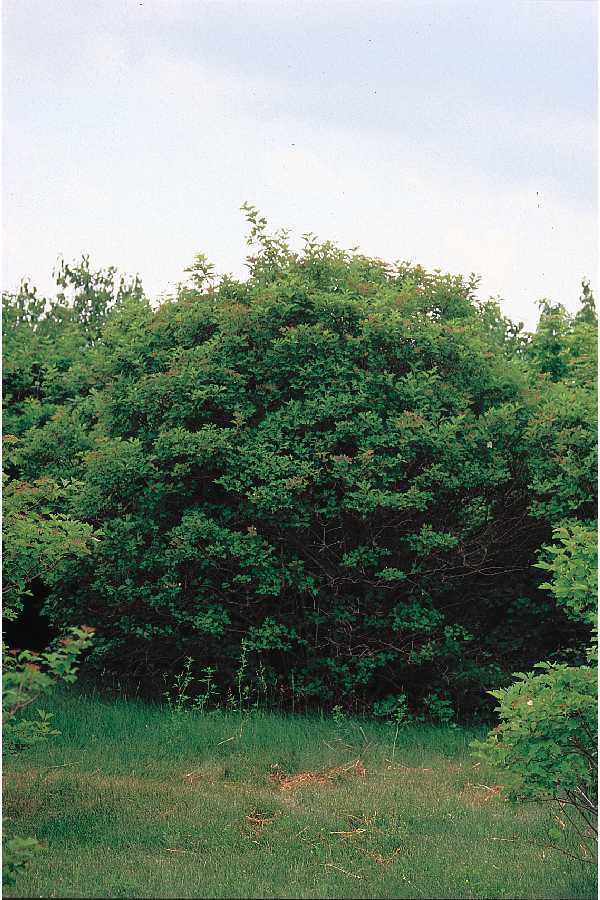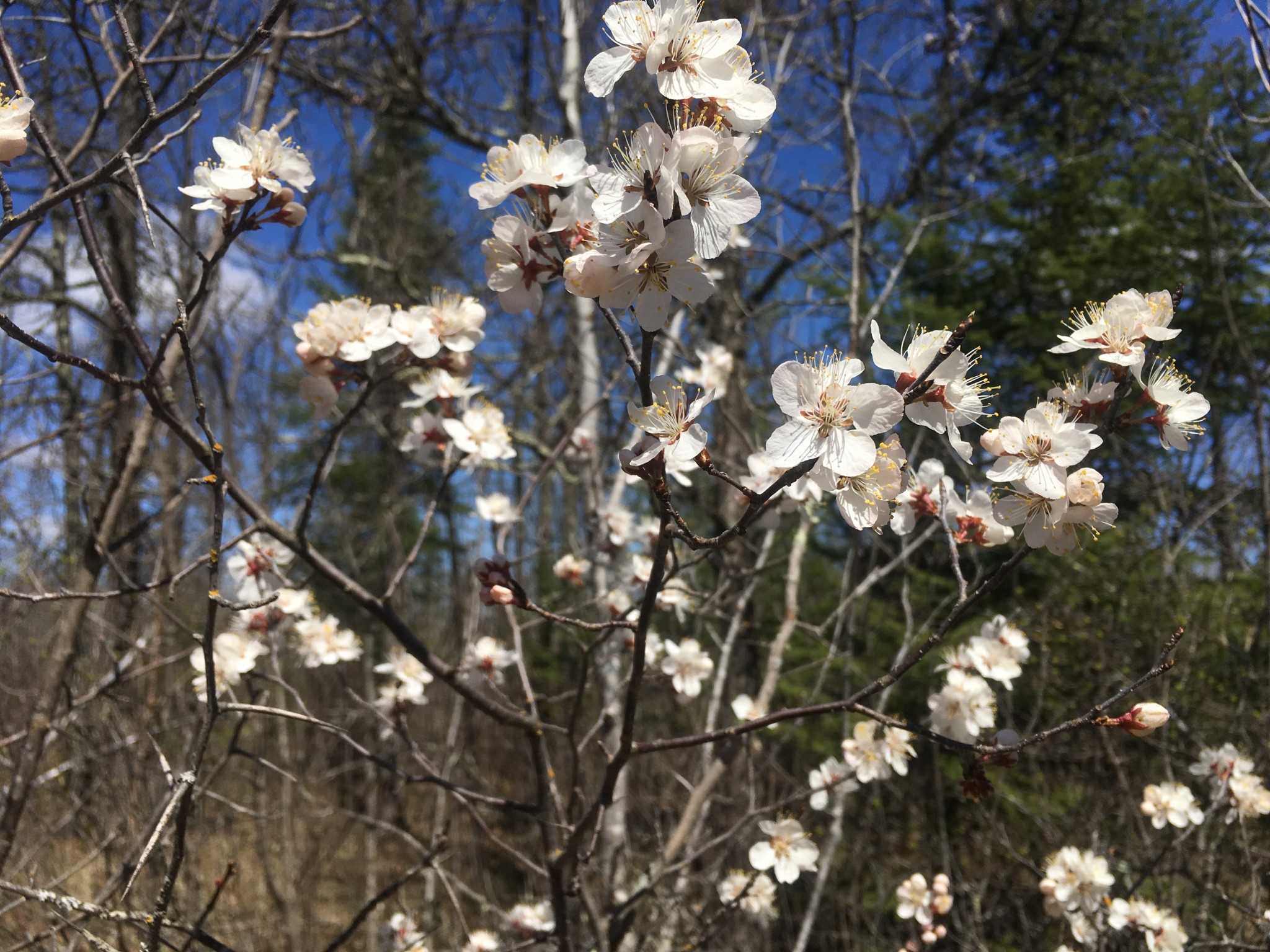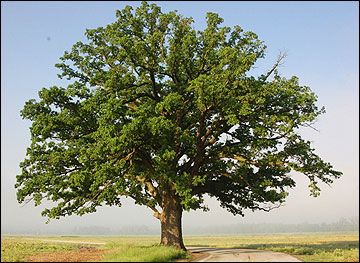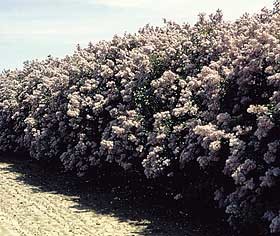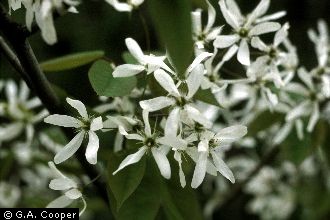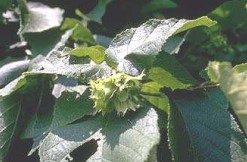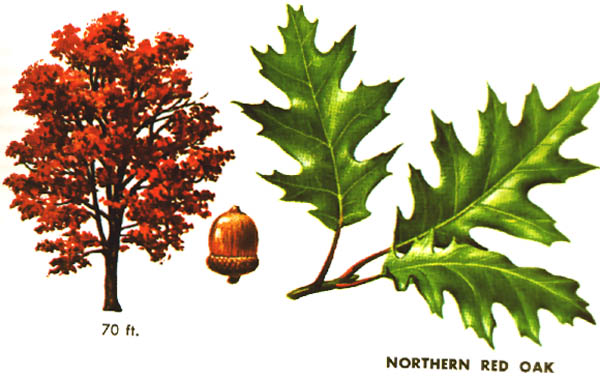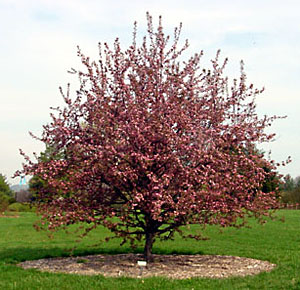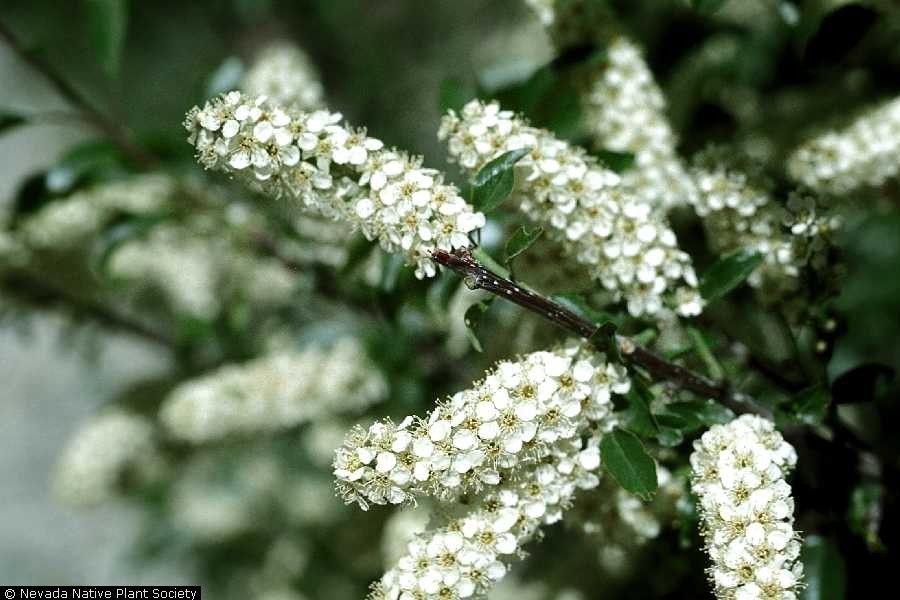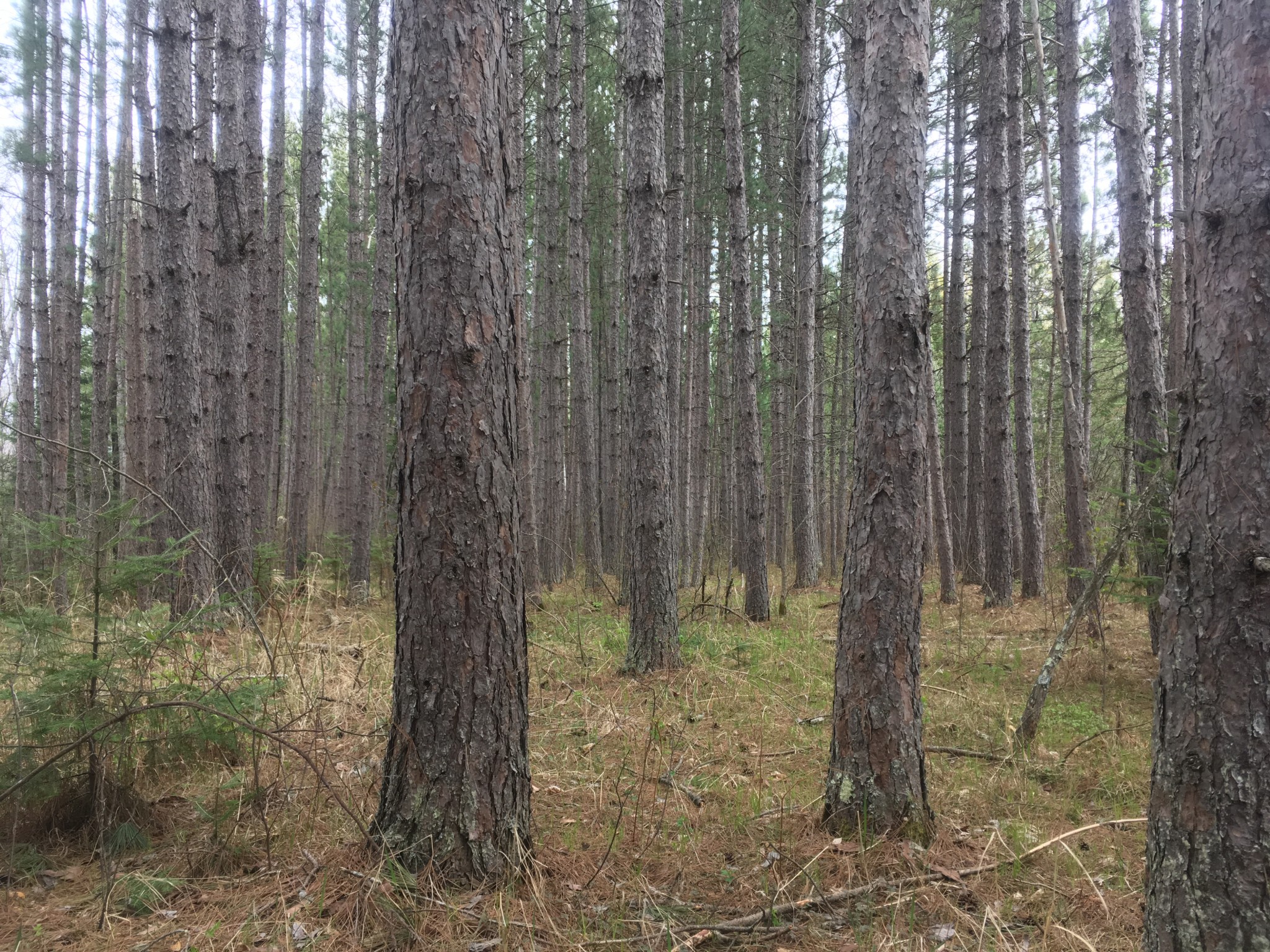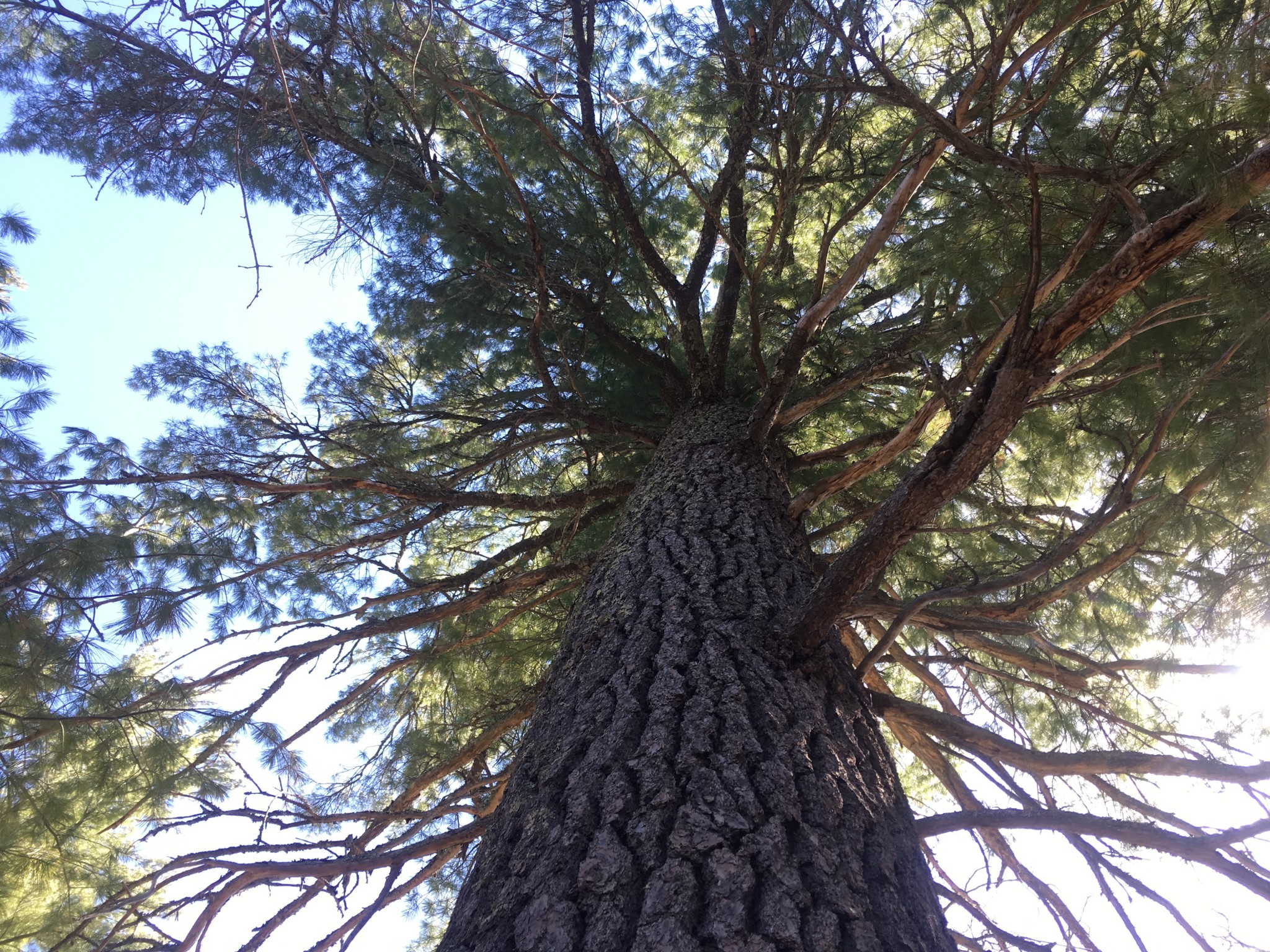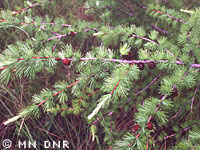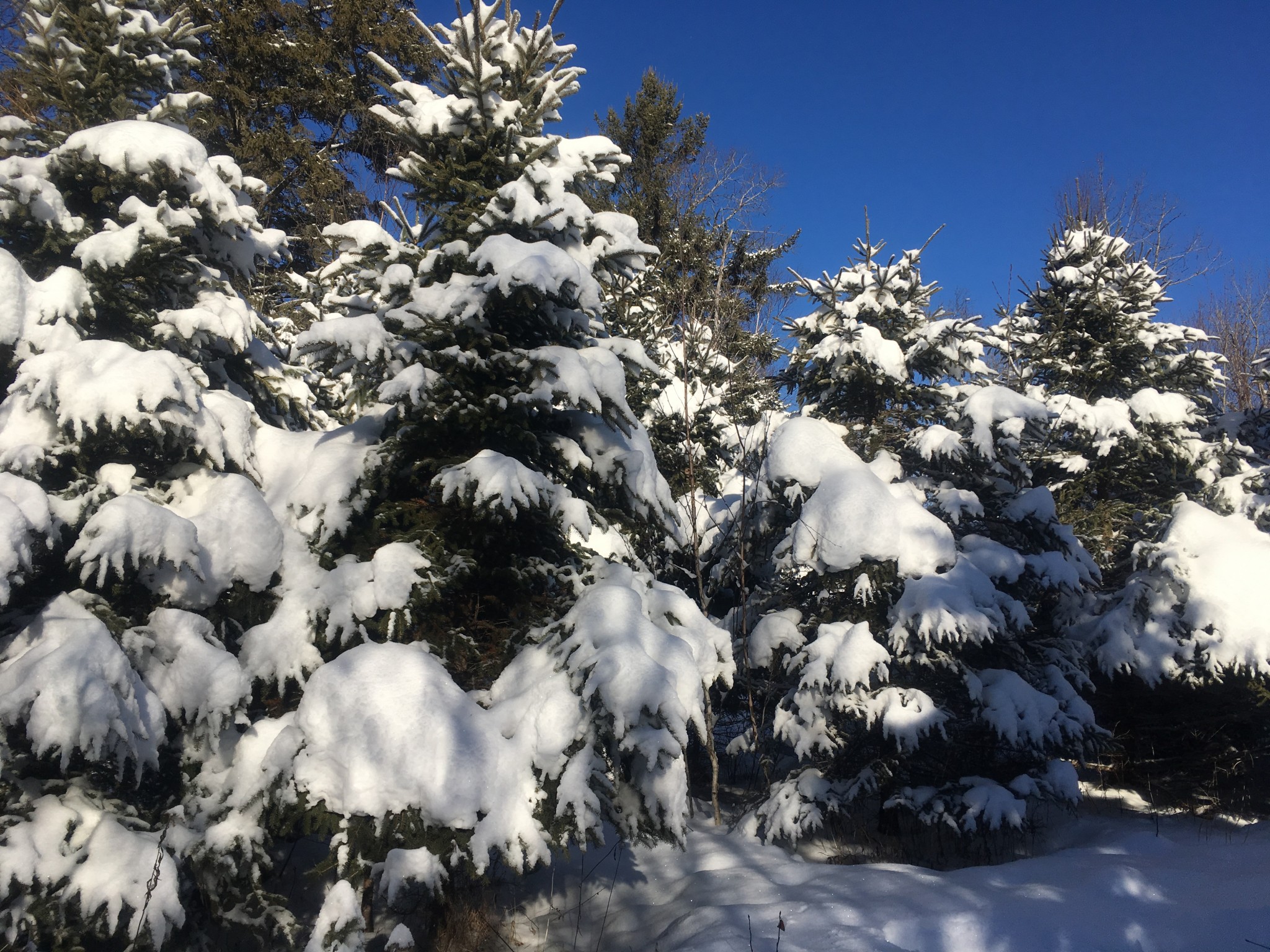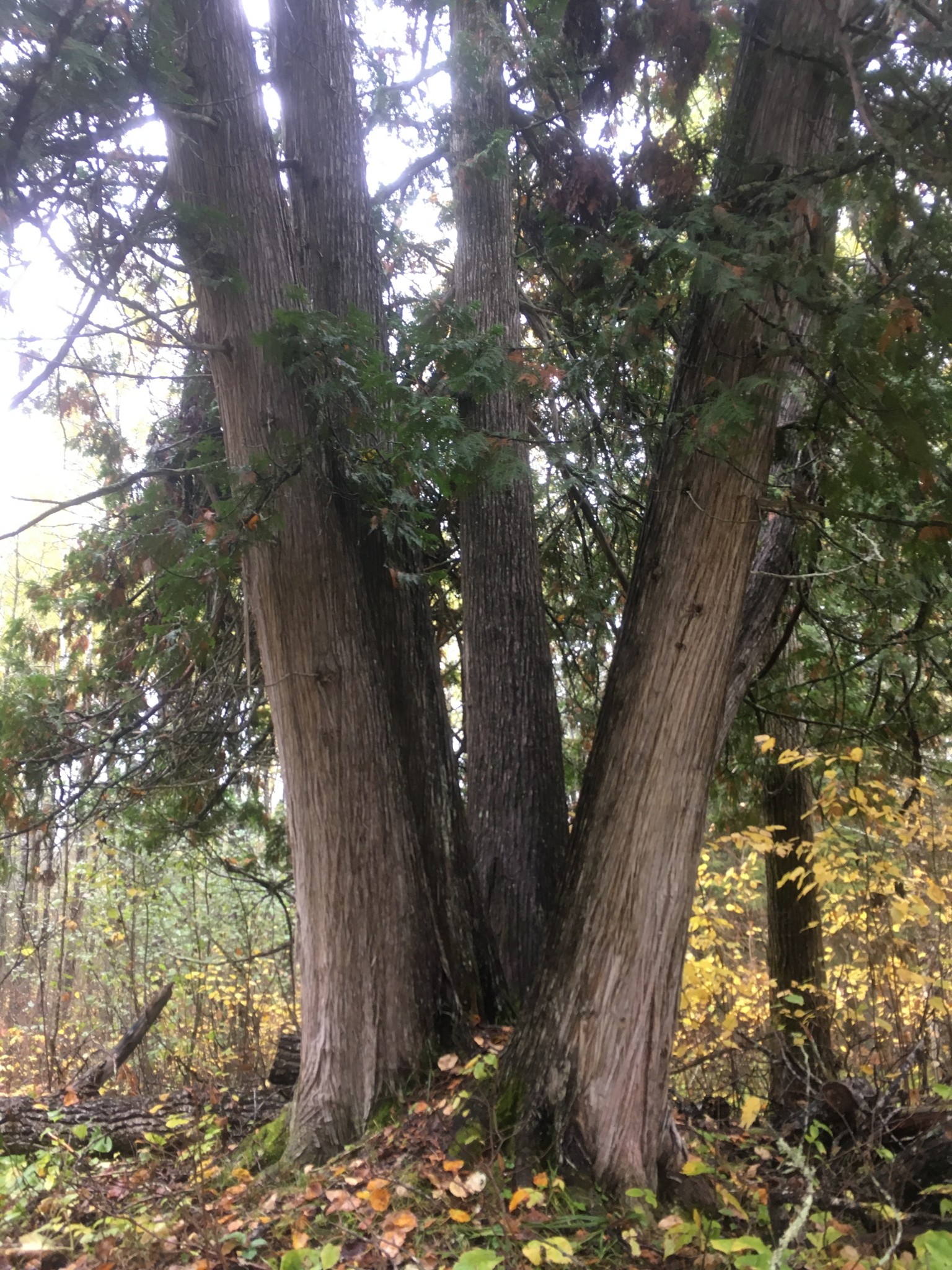PROGRAMS & SERVICES
- Programs & Services
- Aquatic Invasive Species
- Cooperative Weed Management
- Conservation Partners Legacy Grant (CPL) Program
- Education
- Forest Resources
- Minnesota Soil Loss and Buffer Law
- Native Plant Seed and Plug Sale
- Plat Book
- State Cost-Share
- Tree Program
- Watershed Pollutant Load Monitoring Network (WPLMN)
- Wetland Conservation Act (WCA)
- Wood Ash
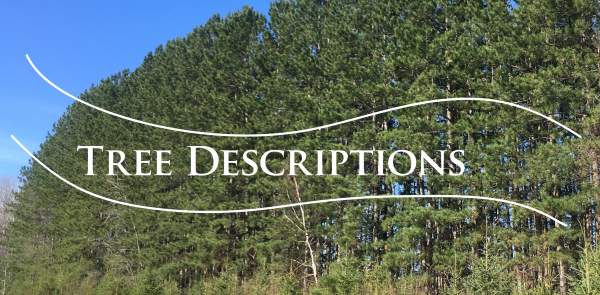
WONDERING WHAT WILL WORK FOR YOU?
Our tree information below (scroll down) will help guide you to the right trees for your property.
TREE RESOURCES
WILDLIFE SHRUBS & DECIDUOUS TREES
-
AMERICAN CRANBERRYBUSH
Viburnum trilobum Marsh., American cranberrybush is an erect native shrub, averaging in height from 6 to 10 feet, occasionally taller on good sites.
-
AMERICAN PLUM
American Plum (Prunus americana Marsh.) is a deciduous large shrub or small tree with a broad crown, reaching heights up to 15 feet. Plant in well-drained soil.
-
BUR OAK
A member of the Beech Family (Fagaceae), bur oak is a medium-sized to large tree, typically grows from 70 to 80 feet in height but can grow to 100 feet or more on better sites, with a massive trunk 2 to 3 feet in diameter and a broad, rounded crown of stout branches (Dirr 1998; Fowles 1965).
-
VILLOSA LILAC
Lilac (Syringa vulgaris L.) is easily grown on most soil types but prefers neutral to slightly acid soil. This species does not tolerate poorly drained soils. It performs best in a warm sunny position.
-
SERVICEBERRY (JUNEBERRY)
Downy Serviceberry (Amelanchier arborea) grows in a variety of habitats – swampy lowlands, dry woods, sandy bluffs, rocky ridges, forest edges, and open woodlands and fields.
-
AMERICAN HAZELNUT
The nuts of American hazelnut, which have a higher nutritional value than acorns and beechnuts, also are eaten by squirrels, foxes, deer, northern bobwhite, ruffed grouse, turkey, woodpeckers, pheasants, and deer. The leaves, twigs, and catkins are browsed by rabbits, deer, and moose. The male catkins are a winter food for turkey and ruffed grouse. The dense, low growth habit provides cover and nesting sites for many wildlife species.
-
RED MAPLE
Red Maple (Acer rubrum L.) is a wide-ranging native tree that is very well adapted to most soil and site conditions, including the wet conditions of Koochiching County.
-
NORTHERN RED OAK
Northern red oak is a member of the red oak subgroup (subg. Erythrobalanus = sect.Lobatae). It provides good cover and nesting sites (including cavities) for a wide variety of birds and mammals. Deer, elk, moose, and rabbits commonly browse leaves and young seedlings and the acorns are eaten by a wide variety of large and small mammals and birds.
-
COMMON ELDERBERRY
Ethnobotanic: Only the blue or purple berries of elderberry are edible. Edible berries and flower are used for medicine, dyes for basketry, arrow shafts, flute, whistles, clapper sticks, and folk medicine. The active alkaloids in elderberry plants are hydrocyanic acid and sambucine. Both alkaloids will cause nausea so care should be observed with this plant. Elderberries are high in Vitamin C. The red berries of other species are toxic and should not be gathered.
-
RED SPLENDOR CRABAPPLE
Malus ‘Red Splendor’ is a deciduous tree that grows 20 to 30 feet in height. The habit is upright with a more or less open, round, spreading, symmetrical canopy with a regular (or smooth) outline.
-
COMMON CHOKECHERRY
Chokecherry, or Prunus virginiana L., is used extensively in shelter belts, windbreaks, wildlife habitat and mass plantings for erosion control. Chokecherry does well in riparian area planting.
-
REDOSIER DOGWOOD
Redosier Dogwood (Cornus sericea L.) is a woody deciduous shrub generally 1.4-6m (4.6-20 ft) tall. It grows in soils that are saturated for at least a portion of the growing season.
CONFIERS
-
NORWAY (RED) PINE
Norway (Red) Pine (Pinus resinosa) is a medium sized tree, up to twenty-five meters high and seventy-five centimeters in diameter (Farar 1995). Red pine occurs most often on well drained, dry, highly acid, sandy soils of outwash plains, and gravelly ridges (Barnes & Wagner 1981).
-
WHITE PINE
White Pine (Pinus strobus L.) is the largest conifer of the eastern and upper Midwest forests, reaching 150 feet in height and up to 40 inches in diameter. Eastern white pine grows on a variety of soils ranging from light, sandy to heavy textured soils.
-
TAMARACK
Tamarack (Larix laricina) is a native tree growing to 20 meters tall, strongly self-pruning, with a straight, slender trunk and narrow crown. Tamarack grows in boreal forests in wet, poorly drained sphagnum bogs and muskegs, also on moist upland mineral soils, the drier sites in the northern part of its range, at elevations of 0-1200 meters. Because it can withstand high soil moisture, high acidity, and low soil temperature, it is more abundant on peatlands than trees characteristic of surrounding uplands.
-
WHITE SPRUCE
White Spruce (Picea glauca) grows to 25 (-50) meters tall, the crown broadly conic to spire-like, or the plants sometimes shrub-like near treeline. Because of its wide geographic range and abundance, it is (de facto) highly significant for food and cover of many wildlife species, for soil stability, watershed value, and recreation.
-
NORTHERN WHITE CEDAR
Northern White Cedar (Thuja occidentalis L.) is a shrub or tree growing to 15 (-38) meters tall, the crown narrowly conic to broadly pyramidal, with spreading, densely crowded branches. It commonly grows in cool, moist, nutrient-rich sites, on mostly calcareous soils that are neutral or nearly so.
EXTRAS
-
PLANTSKYDD
Plantskydd® Repellents are the most cost-effective, and environmentally safe, animal repellents available. Proven to be #1 most tested, #1 most effective, and #1 longest lasting animal repellents you can buy, Plantskydd offers superior plant protection against deer, rabbits and other small critters.
-
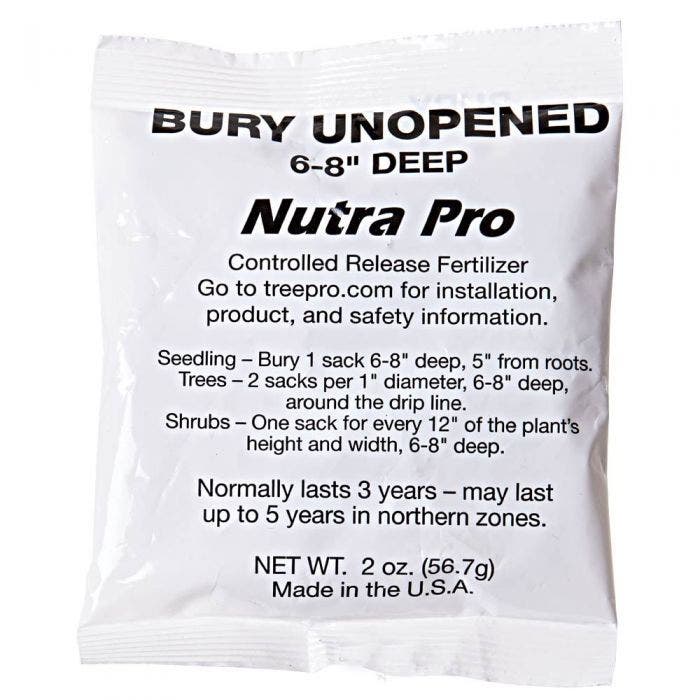
FERTILIZER PACKETS
Each Nutra Pro Tree and Evergreen packet contains controlled-release 16-8-8 fertilizer. Each packet lasts around three to five years depending on your growing zone. Nutra Pros unique design features microscopic pores. These pores take in moisture which increases both the temperature and pressure inside of the packet. The heat increase causes the dry fertilizer to break down. The pressure gradually releases fertilizer into the soil. This process provides your trees and evergreens with the correct amount of food. Nutra Pro takes the guesswork out of feeding your trees and shrubs. To use, bury two packets per inch of tree diameter. For shrubs, use one packet per foot of shrub height. For maximum efficiency, evenly space the packs throughout the root zone. Nutra Pro packets make it impossible to overfeed or underfeed trees, plants, and shrubs.
